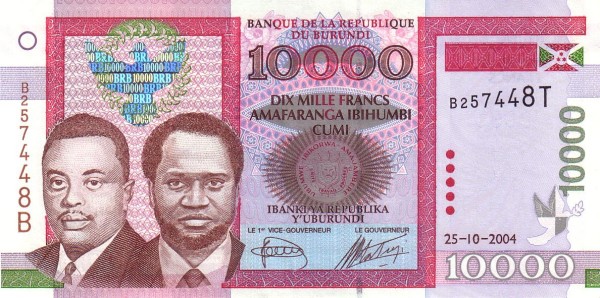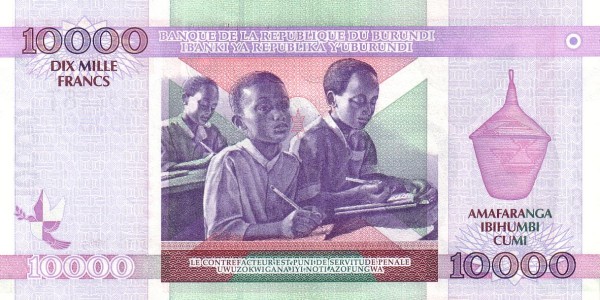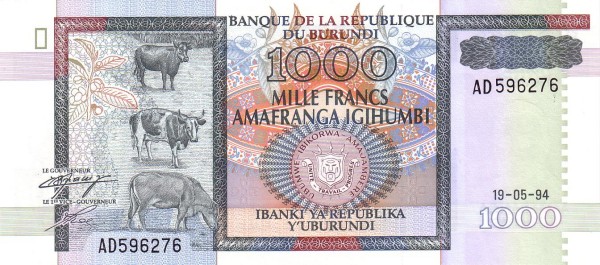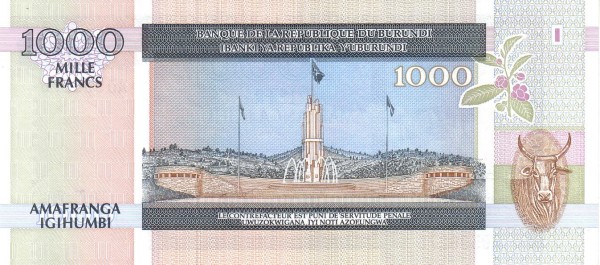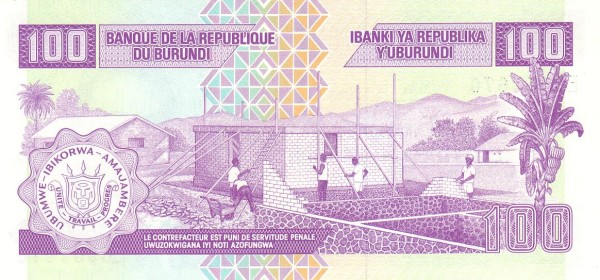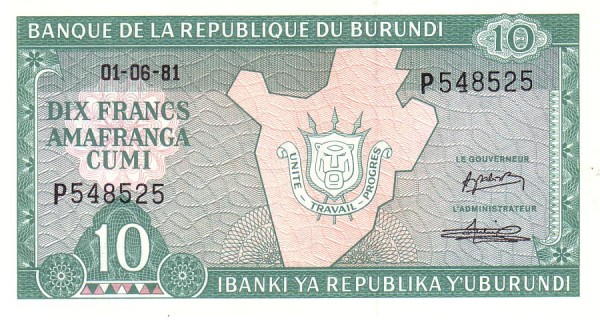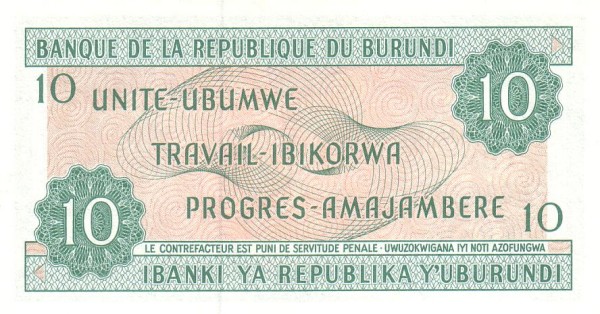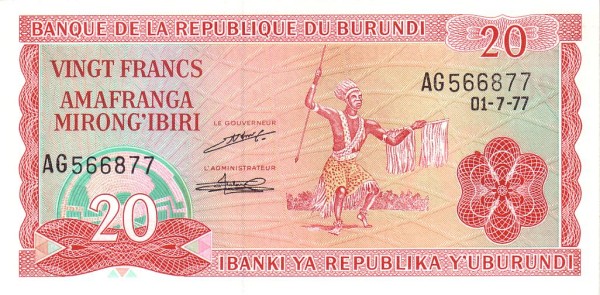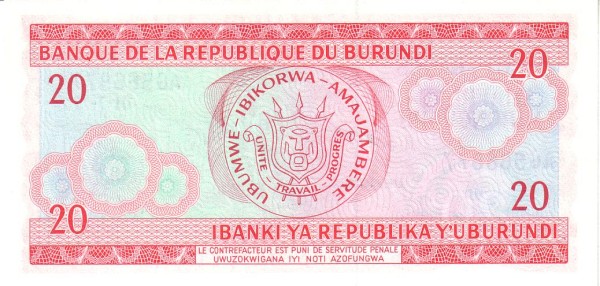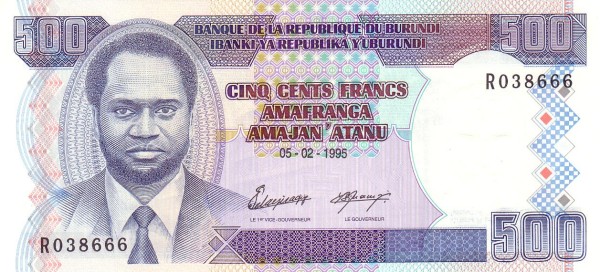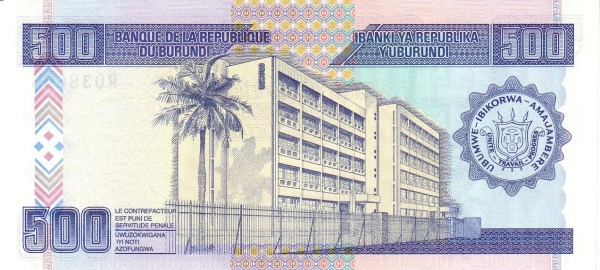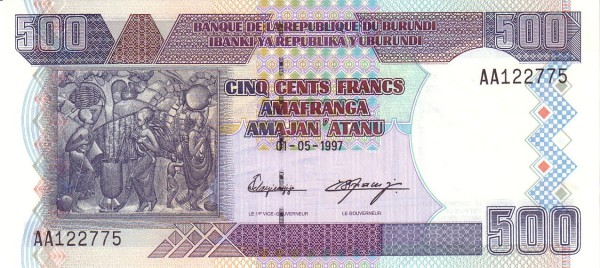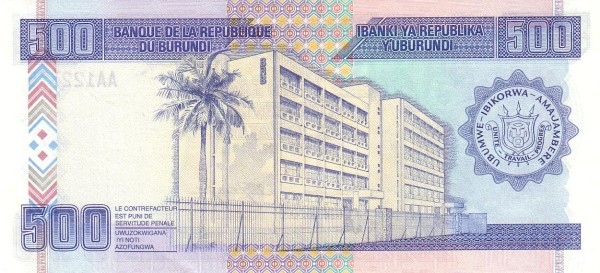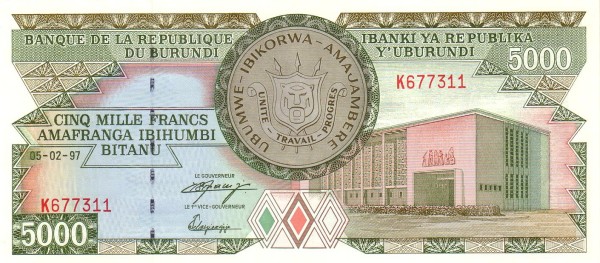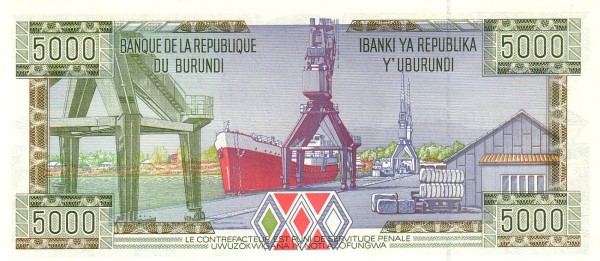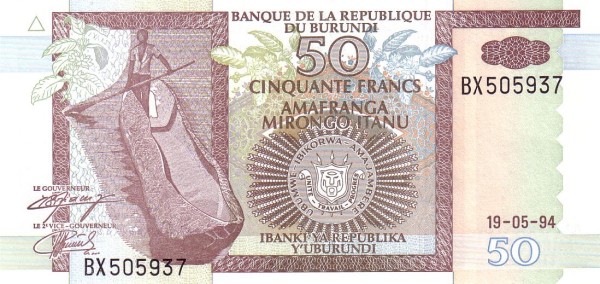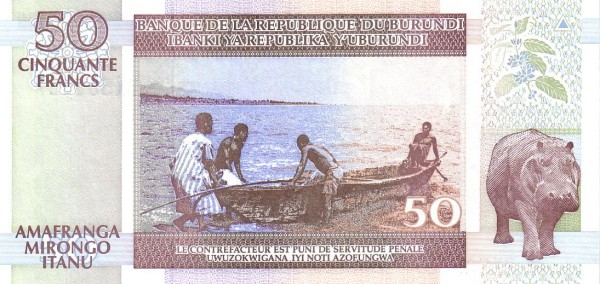Discovering the Heart of Africa: Burundi
Burundi, a small yet captivating landlocked nation nestled within the African Great Lakes region, boasts an intricate tapestry of culture, history, and natural beauty. This enchanting country borders Lake Tanganyika to the southwest, and shares its frontiers with the Democratic Republic of the Congo, Rwanda, and Tanzania. Spanning an area of 27,834 km², Burundi is slightly smaller than the U.S. state of Maryland, allowing it to embody a rich essence despite its modest size.
A Glimpse of Its Demographics
As of 2016, Burundi's population reached approximately 10.11 million people. The capital city, Bujumbura, serves as the vibrant heartbeat of this nation. The official languages are French, which is spoken by a mere 0.3% of the population, and Kirundi, a language embraced by nearly nine million Burundians. Additionally, various dialects such as Rundi and Kiga contribute to the nation's linguistic diversity. An intriguing fact is that over 80% of Burundians identify as Christians, showcasing a prevalent influence of faith in everyday life.
A Rich Historical Background
The history of Burundi reveals a complex narrative. The nation faced profound turmoil when its first democratically elected president was tragically assassinated in October 1993, following only 100 days in office. This dire event sparked widespread ethnic violence primarily between the Hutu and Tutsi communities. In the wake of this crisis, around 200,000 innocent Burundians lost their lives, with countless others becoming internally displaced or fleeing to neighboring countries.
In 1998, Burundian troops ventured into the Democratic Republic of the Congo, aiming to stabilize their borders amid the chaos. Gradually, a new transitional government emerged on November 1, 2001, which led along with key stakeholders to a power-sharing agreement signed with the largest rebel faction in December 2003. However, the implementation of this agreement proved challenging, as a lingering rebel group continued to resist negotiations, casting a shadow on the prospects for sustainable peace.
Transformative Elections
The political landscape of Burundi underwent radical changes following the elections held in August 2005. The former CNDD-FDD rebels secured significant victories, culminating in Pierre Nkurunziza's election as president on August 19. This new government structure now includes the CNDD-FDD party controlling all branches of governance. Furthermore, the security sector experienced significant restructuring, with CNDD-FDD fighters composing approximately 40% of the army. This arrangement creates a robust safeguard against potential coups that could hinder the peace process and serves as a guarantee for achieving further necessary reforms outlined in the Arusha agreement for peace and reconciliation.
Geography and Climate
Burundi proudly occupies a unique geographic location in East-Central Africa, situated just south of the Equator. Its terrain is predominantly hilly and mountainous, which gracefully descends into a plateau in the eastern regions, interspersed with some plains that add to its physical diversity. The nation’s highest point, Heha, soars to an impressive 2,670 meters, while its lowest point rests at Lake Tanganyika, at 772 meters above sea level.
The climate of Burundi richly reflects its tropical equatorial setting, characterized by distinct wet and dry seasons. Notably, temperatures vary significantly with altitude, allowing for a range of ecosystems that support diverse flora and fauna.
The People of Burundi
Understanding the nationality of this nation is essential. The Burundian populace consists primarily of three ethnic groups: the Hutu, comprising about 85%; the Tutsi, accounting for approximately 14%; and the Twa, which represents about 1%. The religious landscape further diversifies the country, with an estimated 60% to 65% of the population identifying as Roman Catholic, 10% to 15% as Protestant, 15% to 20% adhering to traditional beliefs, and around 5% practicing Islam. Despite this rich tapestry of identities, the literacy rate remains around 37%, underscoring ongoing challenges in education.
Natural Resources and Agriculture
Burundi is endowed with a wealth of natural resources, including nickel, uranium, rare earth oxides, peat, cobalt, copper, and platinum, which are yet to be fully exploited. The nation also boasts substantial arable land, providing a foundation for agricultural pursuits that support the local economy. Key agricultural products include coffee, cotton, tea, corn, sorghum, sweet potatoes, bananas, and manioc (tapioca). The livestock sector contributes with beef, milk, and hides, showcasing the agricultural richness of Burundi.
Economic Landscape
Considering its economic framework, Burundi's industries primarily focus on light consumer goods, producing items such as blankets, shoes, and soap. Additionally, the assembly of imported components plays a critical role in manufacturing. The nation’s export commodities mainly feature coffee, tea, sugar, cotton, and hides. Notable trading partners for exports include Germany, Pakistan, and the Democratic Republic of the Congo, with 2015 figures indicating Germany alone accounted for 12.3% of Burundi's exports.
Trade and Imports
In terms of imports, the nation relies heavily on capital goods, petroleum products, and foodstuffs, with primary partners including Kenya, Saudi Arabia, Belgium, Tanzania, and Uganda. Together, these trade relationships shape Burundi's economic landscape, fostering both challenges and opportunities for growth as the country navigates its path forward.
Largest cities of: Burundi
| City Name | Population | Year of foundation | |
| Gitega | 43,000 | 1882 | |
| Bujumbura | 33,500 | 1871 | |
| Ngozi | 30,000 | 1900 | |
| Muyinga | 25,000 | 1960 | |
| Ruyigi | 24,000 | 1962 | |
| Kirundo | 22,000 | 1980 | |
| Cankuzo | 20,000 | circa 1830 | |
| Bururi | 18,000 | circa 1625 | |
| Makamba | 17,000 | 1960 |
Burundi: Money
